Delivering education in crisis zones Can EdTech save education amid disaster?
)
Suppose you woke up and there was no school today. Or tomorrow. Or possibly ever.
This is the reality for millions of students around the world.
UNICEF calculates that 43.3 million children are currently displaced from their homes, by conflict or natural disaster, or as refugees from hostile regimes. ReliefWeb charted more than 100 humanitarian disasters in 2023.
Most of these crises are ongoing, with far-reaching effects. Pressing concerns like safety, shelter, water, food and healthcare mean schooling can fall to the bottom of the priority list, and weeks, months, or even years of learning can be irretrievably lost. Save the Children estimates that students in crisis zones forego an average of three to four years of school and 48% of refugee children – nearly half -- remain out of education altogether.
Understanding the vital importance of a good education to individuals and their communities, what can parents, educators and communities do to better support students during crises?
EdTech for connection
One hope is the growing reach of technology, even into remote regions and developing countries. Smartphones account for the most web traffic in Africa, Asia and Latin America. This means that when disaster strikes, mobile phones have immense potential to reach students and their families.
In cases where internet connection and resources are both challenges, short-term tech solutions can bridge the gap. During the 2014-2016 Ebola outbreak in Liberia, a low-cost tablet, preloaded with digital educational content, was delivered to students in low-income areas confined to their homes. Follow-up evaluation showed positive results in increased participation among children and their parents.
EdTech for engagement
But while connection is one hurdle, engagement is another matter entirely. Providing educational tools will make no difference if students are not motivated to use them. Coping with uncertainty, stress and trauma can make it extremely difficult for students to stay engaged with their education.
This is a dilemma that EdTech meets with a simple, powerful innovation: gamifying learning.
For example, WarChild’s ‘Can’t Wait to Learn’, program teaches children to read, write and count through playing educational games. Adding a gamifying element can keep students actively learning, and simultaneously provide relief from the stresses of their environment.
However, particular care must be given to the nature of gamified apps in disaster zones. Game-led educational apps featuring explosions or fighting, for example, might be distressing for students processing recent or ongoing trauma.
Stumbling blocks on the road to EdTech
For communities in distress, cost is one of the most prohibitive factors in EdTech initiatives.
Crisis zones are turbulent by nature – resources are often scarce, families may have lost many or all of their belongings, and critical infrastructure is often damaged or inadequate. In these circumstances, emergency funding from international bodies and charities can support continuing education.
Funding may cover the expense of improving networks and equipping communities with educational professionals and tools. In the case of the students in Liberia, tech startup Rumie – who built the offline enabled tablet – created a crowdfunding initiative to gift thousands of units during the Ebola crisis.
Customising the right curriculum is also important. Following the curriculum in a student’s home country is important to meet them where they are, as is keying into the curriculum of host countries where students may be living as refugees for the foreseeable future. In these cases, language learning apps can also be invaluable for displaced students. When it comes to picking up a new language, EdTech can have immediate impact -- aiding communication for whole families, with real-time translation programmes to help refugees adapt to their host countries.
It’s also vital to remember the most influential player in the educational ecosystem: teachers. While EdTech can facilitate communication, engagement, progress tracking and more, teachers are essential to ensure sustained engagement. Teachers in crisis zones are inevitably affected by the events unfolding around them. Training on EdTech and guidance on navigating their new environments, including counselling support where appropriate, are just as crucial to meaningful educational initiatives.
Delivering education in crisis zones is a complex challenge, never the same in two different scenarios. However, EdTech offers unprecedented potential to reach students in the most remote regions, in the most difficult circumstances. By utilising the power of EdTech during crises, teachers can provide students with support, a sense of normality, continuity and social connection, and build hope of a better future for students at the most challenging times in their lives.
Bett is powering education worldwide, for learners in all contexts. If you’re curious about the power of EdTech to revolutionise learning, join Bett UK to hear more and share your ideas. Together, we can use EdTech to build a better future, for learners everywhere.
Tags
- amid
- around
- better
- children
- communities
- crises
- crisis
- delivering
- disaster
- during
- edtech
- educational
- engagement
- families
- learning
- more
- reach
- refugees
- save
- students
- support
- teachers
- zones


)
)
)
)
)
)
)
)
)
)
)
)
)
)
)
)
)
)
)
)
)
)
)
)
)
)
)
)
)
)
)
)
)
)
)
)
)
)
)
)
)
)
)
)
)
)
)
)
)
)
)
)
)
)
)
)